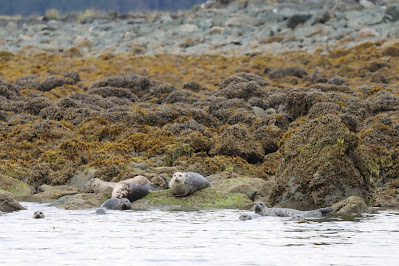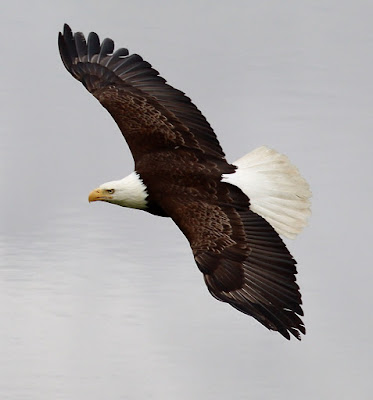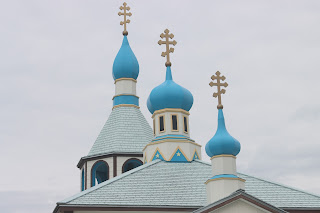Bears. Bears catching salmon. Bears with cubs. Bears walking right in front of us. Did I mention bears?
Seeing the bears standing atop Brooks Falls in Katmai National Park, catching salmon as they fly out of the water on their annual spawning run upstream, has been on the bucket list for a long time. We're so blessed and happy to be able to cross this off this list.
Katmai National Park is remote. It is on the southwestern peninsula just before the start of the Aleutian Islands chain. It is mountainous and rugged. The only way to get there is via float plane. We took a day trip from Homer and were treated to up close and personal views of the snow-capped mountain peaks. We threaded the needle of flying between the mountains and over the valleys to reach Naknek Lake. We landed a little after 10:30am and would have about five hours to view the falls and just wander on our own.
Brooks Falls is a wide but short waterfall on the Brooks River. The Brooks River itself is very short, only flowing between Brooks Lake and Naknek Lake. At most, it's maybe two miles long. Every July, salmon began their spawning run upstream and have to fly out of the water in order to make it over the falls. The more adept bears have learned they can stand at the top of the falls and the fish will come to them. It is quite the sight to see. Talk about practicing patience. We watched bears standing with their eyes gazed at the water for sometimes 15 or 20 minutes at a time waiting to grab their salmon snack out of the water.

It is important to note these bears are NOT tame. They remain very much the wild animals they are. The National Park Service has done an outstanding job of maintaining a consistent, non-threatening co-existence with humans. They have constructed two great viewing platforms that look out over the falls and the river to safely observe. The bears have learned we are not threatening and tend to ignore us.

Everyone must have a brief bear safety lecture before you're allowed out into the park. Bears use the same paths that we humans use in the park and one of the cardinal rules is that bears have the right of way. We encountered bears three times on our trail as we walked out and back to the viewing platforms. When we see a bear, we stop and allow it to go its own way. If that way happens to be towards us, we step off the trail and let it pass. You're supposed to maintain a distance of 50 yards, but on the trail, that's not always possible. The park rangers are very serious about bear safety and not altering their environment. Another great example of this is that you re not allowed to bring any food with you inside the park. You eat before you come and if you do have food in your backpack, you can eat it at the designated spot at the visitor center. Otherwise, you must check it into the food storage locker and pick it up when you leave. They don't want the bears to see humans as an easy source of food.

Because of the size limitation of the viewing platform at Brooks Falls, you have to sign up on a list and wait your turn to go out there, and you're limited to 30 minutes. Fortunately, we were able to get out onto the falls platform twice during our trip. The other platforms don't have this restriction, but they also don't have the up close view of the falls.
We probably saw close to two dozen different bears during our time at Katmai. I took way too many pictures while we were here and I need time to go through them all -- especially all of the video that Mona took -- but here are a few.
It was both an incredible and humbling experience to be in such an amazing place with these amazing creatures. So thankful to have experienced it.


















































